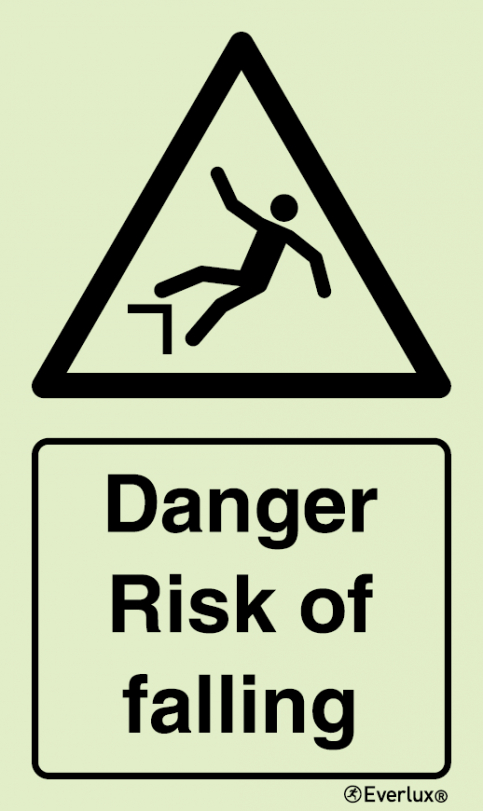
Welcome
Using robotic assistance while climbing/walking assistance exoskeleton robot can be risky,
Risks & Challenges:
- Mechanical Failure: If a robotic device malfunctions mid-climb (e.g., an exoskeleton locking up ), it could lead to a dangerous situation.
- Over-Reliance: Depending too much on robotics might reduce a climber’s situational awareness or skill, making them vulnerable if the tech fails.
- Weight & Bulk: Extra gear could slow a climber down or throw off balance, especially in technical sections.
- Battery/Power Issues: Many robotic systems rely on batteries, which can die in cold conditions or leave climbers stranded.
When Might It Be Safe?
Life Risks of Using Untested or Poorly Designed Robotic Climbing Devices
If any company sells robotic climbing aids without proper safety validation, the risks can range from *minor injuries to fatal accidents. Below are *realistic worst-case scenarios based on known tech failures and climbing hazards.
1. Robotic Belay or Auto-Belay Failure
Risk: Free-fall due to software/hardware malfunction.
- Example: In 2024, a non-robotic auto-belay device failed in a UK climbing gym, causing a climber to fall 15 meters (resulting in severe spinal injuries).
- A robotic belay system with AI-controlled braking could fail due to:
- Sensor miscalibration
- Power/battery failure mid-fall.
- Software bug (e.g., interpreting a fall as “normal climbing movement”).
Outcome: Death or paralysis from ground impact.
2. Exoskeleton Lock-Up or Overpowering
Risk: Loss of control, joint injuries, or falls.
- Example: In 2025, a military exoskeleton prototype malfunctioned and hyperextended a wearer’s knee.
- A climbing exoskeleton could:
- Freeze mid-movement, leaving the climber stuck on the wall.
- Overcompensate grip strength, crushing handholds or causing sudden slips.
- Run out of battery on a multi-pitch climb, becoming dead weight.
Outcome: Stranded climber, fall, or traumatic injury from forced movements.
3. Battery/Power Failures in Extreme Conditions
Risk: Critical gear shutting down mid-climb.
- Example: Electric heated gloves failing in -20°C, leading to frostbite (common in alpine climbing).
- Robotic devices could:
- Freeze in cold weather (lithium batteries lose power fast in the cold).
- Short-circuit in rain/snow.
- Explode if damaged (rare but possible with cheap lithium cells).
Outcome: Hypothermia, loss of motor control, or fire hazard.
How to Minimize Life Risks
- Never rely 100% on robotics—always have a manual backup (e.g., traditional belay).
- Demand safety certifications (UIAA, CE, or industrial standards).
- Test in safe environments (gyms, low-angle climbs) before serious routes.
- Assume it will fail—plan escape routes/alternatives.
Final Warning
product pack should contain
- Independent safety test reports
- Certification documents
- Verifiable customer reviews
→ Treat their devices as life-threatening until proven otherwise.
https://helprobotics.ru/
https://kenqingkeji.com/
https://vigx-pi.ru/
http://vigx.cn/
http://vigx.store
http://Vigx.com.cn
http://Vigx.ru
Leave a Reply